When we think of animal affection, we usually imagine a dog wagging its tail or a cat curling into a ball on your lap. But in the wild, love looks a little different. Some creatures express their bonds through shared food, synchronized dances, and even violent brawls that somehow mean “I care.” Their displays of affection might not always look like ours, but that doesn’t make them any less real.
Here are 13 animal species that show love in ways that’ll surprise you—and maybe make you rethink what connection really means in the natural world.
1. Penguins Give Pebbles As Love Tokens
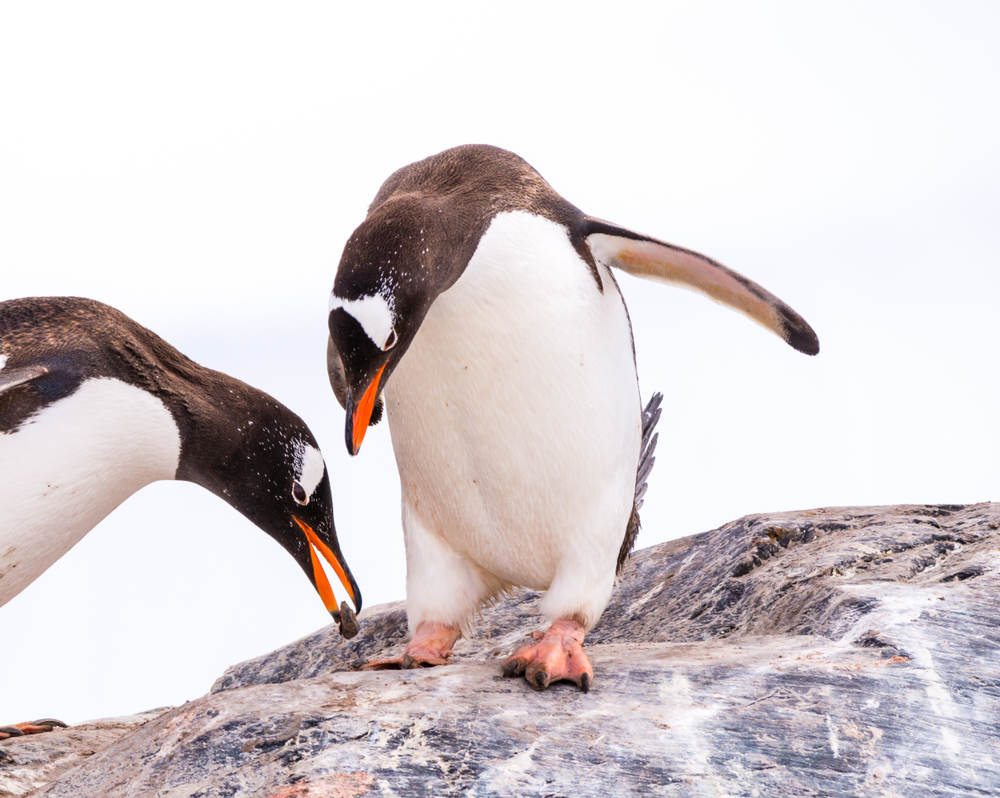
Male Adélie and gentoo penguins don’t just waddle around looking cute—they court their mates with rocks. According to Forbes, a penguin will search high and low for the smoothest, most perfect pebble to offer the object of his affection. If she accepts it, they’ll start building a nest together, often staying monogamous for years.
It’s basically the tuxedoed version of a proposal. And if another penguin tries to steal the pebble? It’s war. Love and construction go hand-in-hand for these icy romantics.
2. Bonobos Solve Everything With… Intimacy
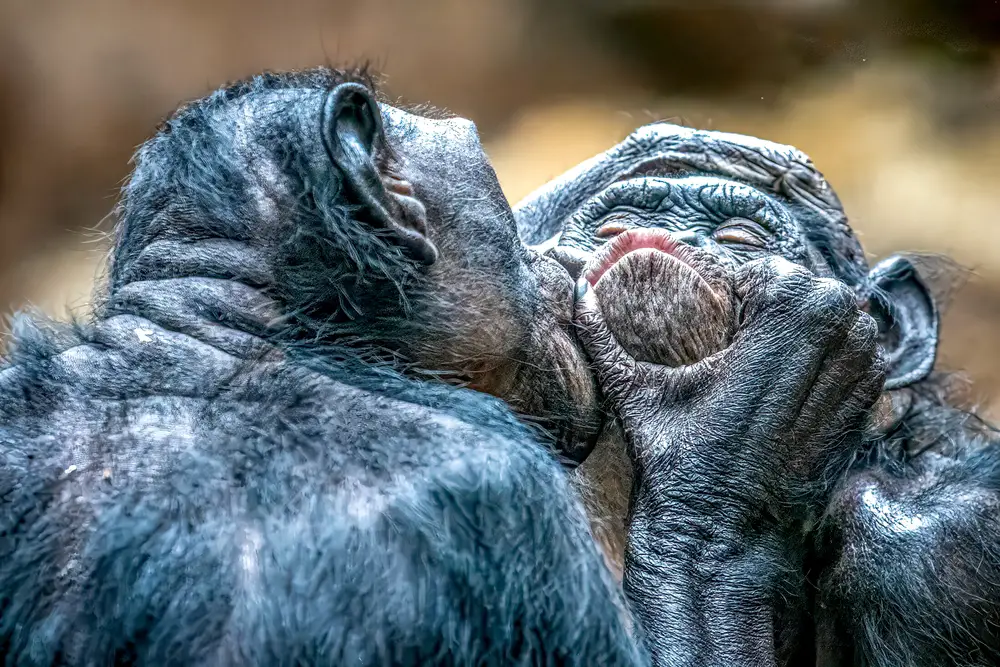
Bonobos are one of the most affectionate primates, and they use intimacy not just for reproduction, but for everything. Greeting, apologizing, resolving conflict—you name it, bonobos do it with physical touch. It’s their way of maintaining peace in the group and reinforcing bonds.
They’re known as the “hippie apes” for a reason. While chimpanzees are aggressive, bonobos are sensual and shockingly affectionate. As outlined by the New York Times, scientists say they’ve built an entire society around love over war. Unexpected? Absolutely. Effective? Apparently, yes.
3. Turtledoves Mate For Life And Preen Each Other

The phrase “lovey-dovey” isn’t just poetic. Turtledoves form strong, lifelong pair bonds—and spend much of their time cuddling, preening, and cooing at each other. Their grooming is both practical and intimate, reinforcing the connection they’ve already formed.
They stay close in every season, often flying and nesting side by side. And if one mate dies, the other grieves. Their devotion is quiet and soft, but powerful. A love language written in feathers and nuzzles.
4. Elephants Comfort Each Other With Their Trunks
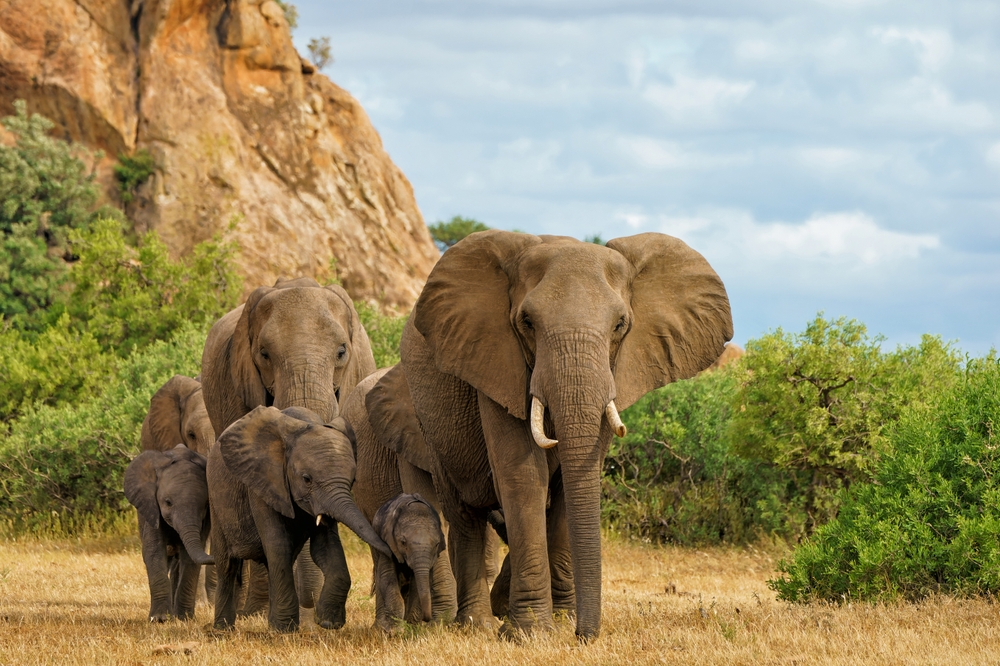
When an elephant is distressed, another will approach and gently wrap its trunk around them or place it in their mouth—a gesture of reassurance. This isn’t just instinct—it’s been observed repeatedly in moments of grief or panic. According to CBS News, elephants even produce specific rumbles believed to soothe upset herd members.
Their mourning rituals are particularly profound. They touch the bones of deceased loved ones and stand in silence. Love, for elephants, includes comfort, presence, and deep memory.
5. Wolves Howl To Reconnect With Loved Ones
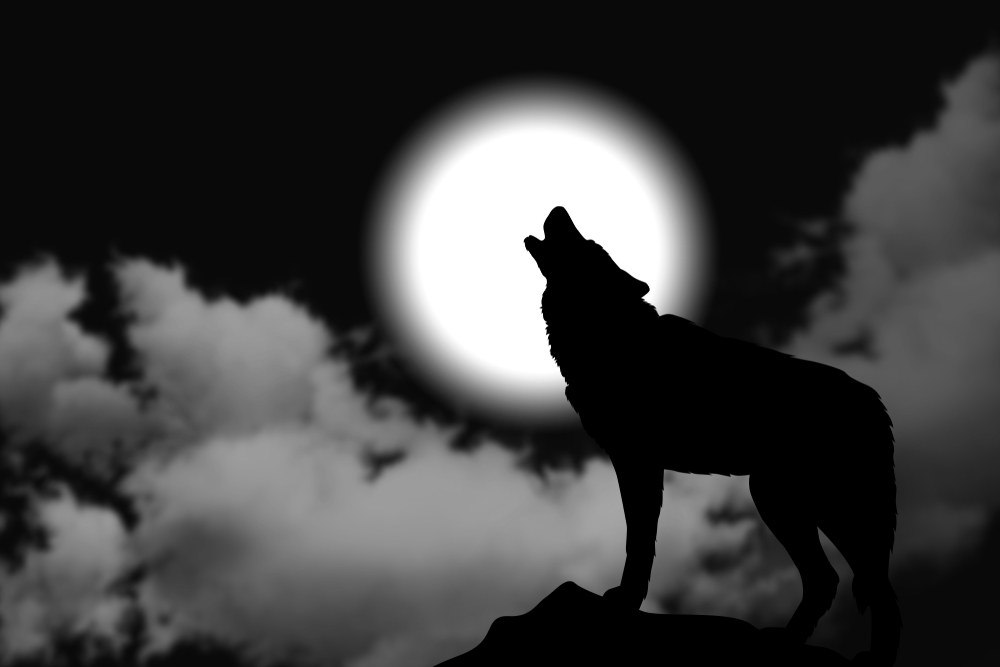
Wolves are fiercely loyal. Their howls aren’t just to mark territory—they’re often emotional. Research shows wolves howl more when a close pack member leaves, and the pitch and frequency can change based on the relationship.
They also nuzzle, lick, and even whine when reunited after being apart. These social canines depend on pack bonds to survive, and they protect those bonds with ritual and noise. It’s love at full volume.
6. Seahorses Hold Tails When They Sleep

Seahorses are romantic little swimmers. Mated pairs often entwine their tails while drifting in the current, especially when resting or sleeping. They also perform daily greeting rituals that involve synchronized swimming and color changes.
This bonding isn’t just cute—it strengthens their pair commitment. And yes, in case you forgot, it’s the male who carries the babies. Gender roles? Not under the sea.
7. Gibbons Sing Duets To Stay Bonded
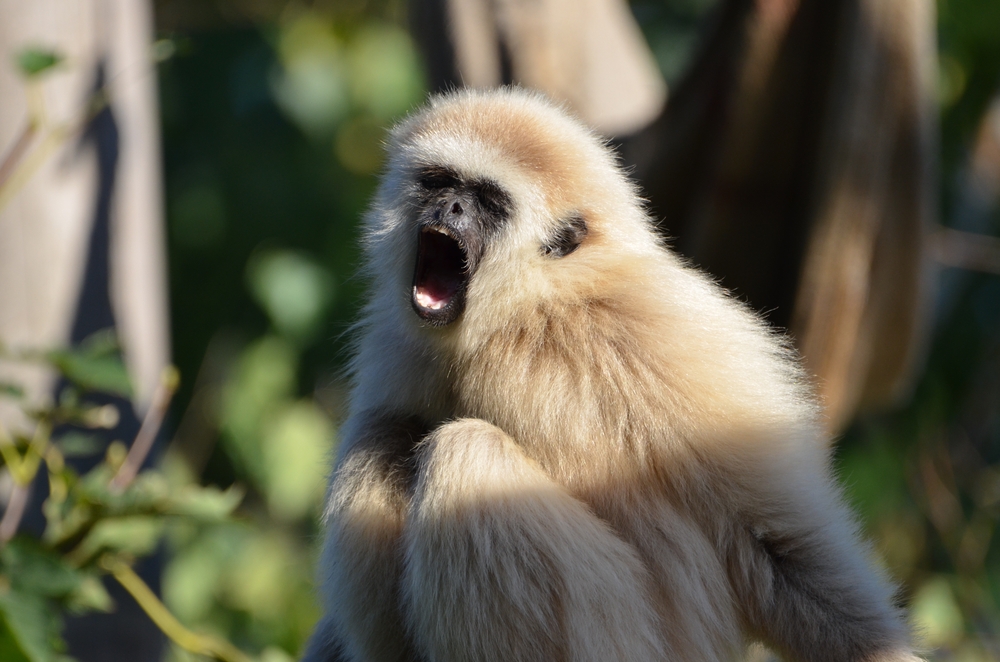
Gibbons, small apes from Southeast Asia, have what scientists call “morning duets.” Mated pairs will sing synchronized songs every morning, echoing through the treetops. It’s both a way to reinforce their bond and to let outsiders know they’re taken.
If one misses a note or goes silent, it can signal something’s wrong. It’s love in stereo—and honestly, kind of romantic. Forget text messages—these primates use harmony.
8. Cats Bring You “Gifts” (Even If It’s A Dead Lizard)

If your cat drops a mutilated mouse on your doorstep, congratulations—they love you. In feline behavior, bringing prey is a sign of care. It’s part “provider,” part “teacher,” and part deeply unsettling.
They think you’re family—and assume you’re too incompetent to hunt. So they bring you food. Love, apparently, can be messy and still meaningful.
9. Albatrosses Dance For Years Before Committing
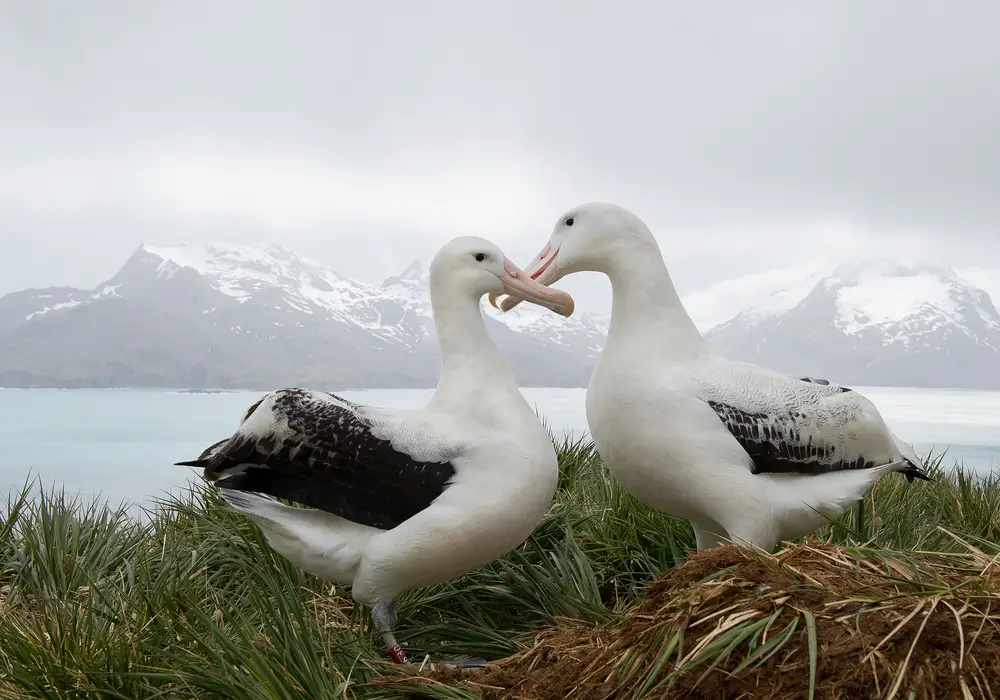
Albatrosses have one of the most elaborate courtship rituals in the bird world. Young birds will “date” for years, practicing and refining their dance with different partners until they find the one. Once matched, they remain monogamous for life.
Their love is slow-burning and deeply intentional. It’s not just about mating—it’s about compatibility. And when they finally lock in, they stick together for decades.
10. Rats Giggle When Tickled—And Groom Their Friends
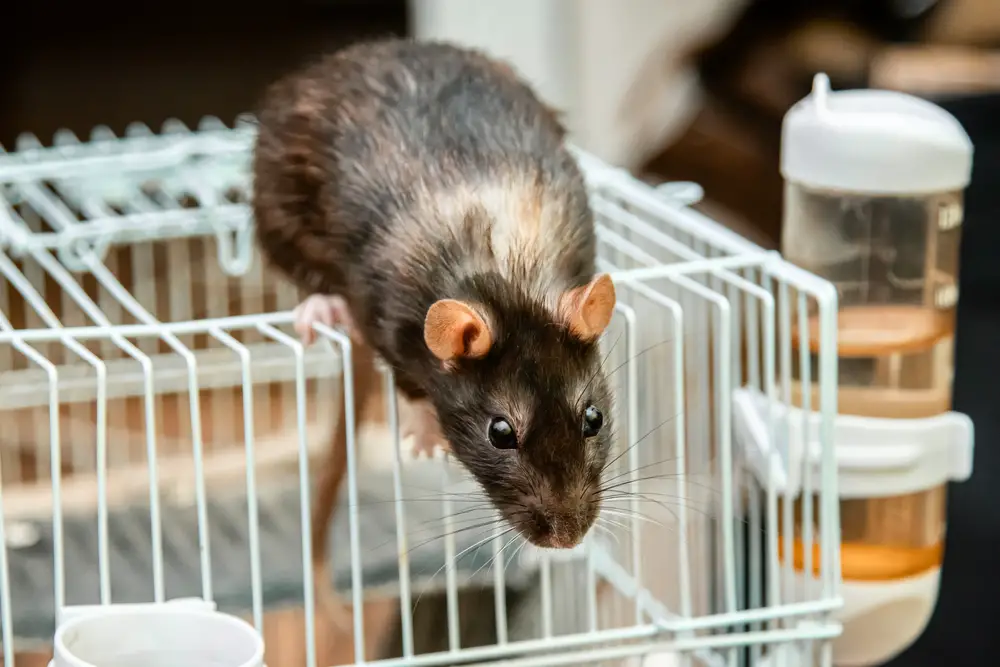
Rats are surprisingly affectionate. They emit high-pitched giggles when tickled and enjoy social grooming sessions with close companions. They even show signs of empathy, freeing trapped friends over food.
Their love isn’t flashy, but it’s real. Scientists now study rats to understand human emotional bonding. Turns out, we have more in common with them than we’d like to admit.
11. Swans Link Necks To Form A Heart Shape

Yes, it’s not just a Disney fantasy. When courting or reaffirming bonds, swans often link their necks in a way that forms a perfect heart shape. It’s a gesture of unity—and a signal that their monogamous bond is holding strong.
They stay together through migration, parenting, and old age. Their elegance masks intense loyalty. And that iconic pose? It’s very, very real.
12. Cows Form BFFs—And Get Stressed Without Them
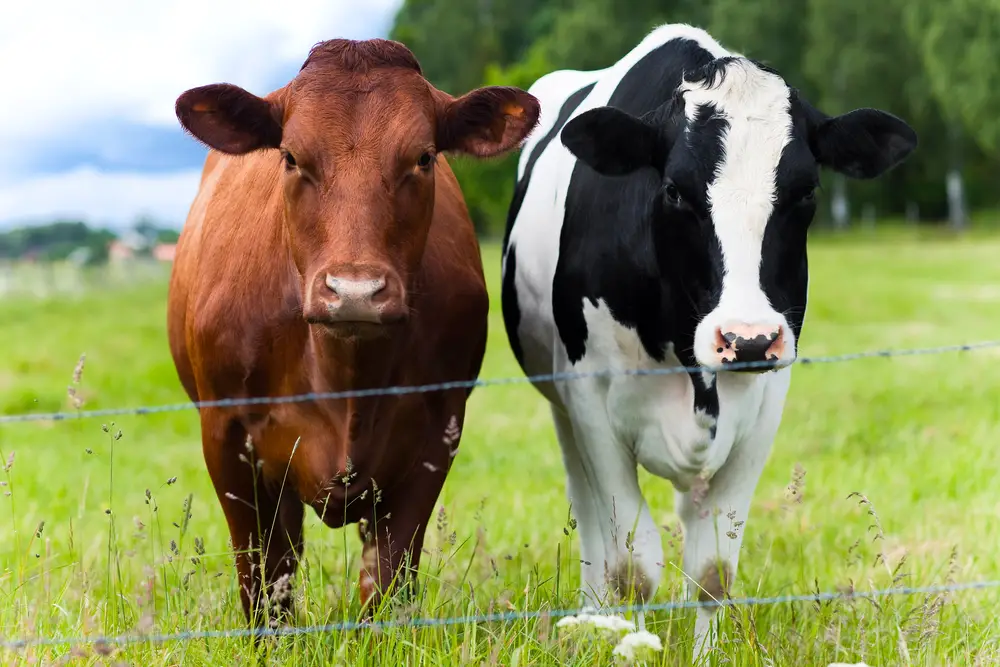
Cows aren’t just herd animals—they form tight individual friendships. Research has shown that when separated from their bestie, cows show elevated heart rates and signs of stress. Reunite them, and their vitals calm down almost immediately.
They even prefer to graze and sleep beside their favorite companions. For a creature often reduced to livestock status, that’s a quiet emotional world we rarely acknowledge. Moo means I miss you.
13. Beavers Cuddle For Warmth And Bonding
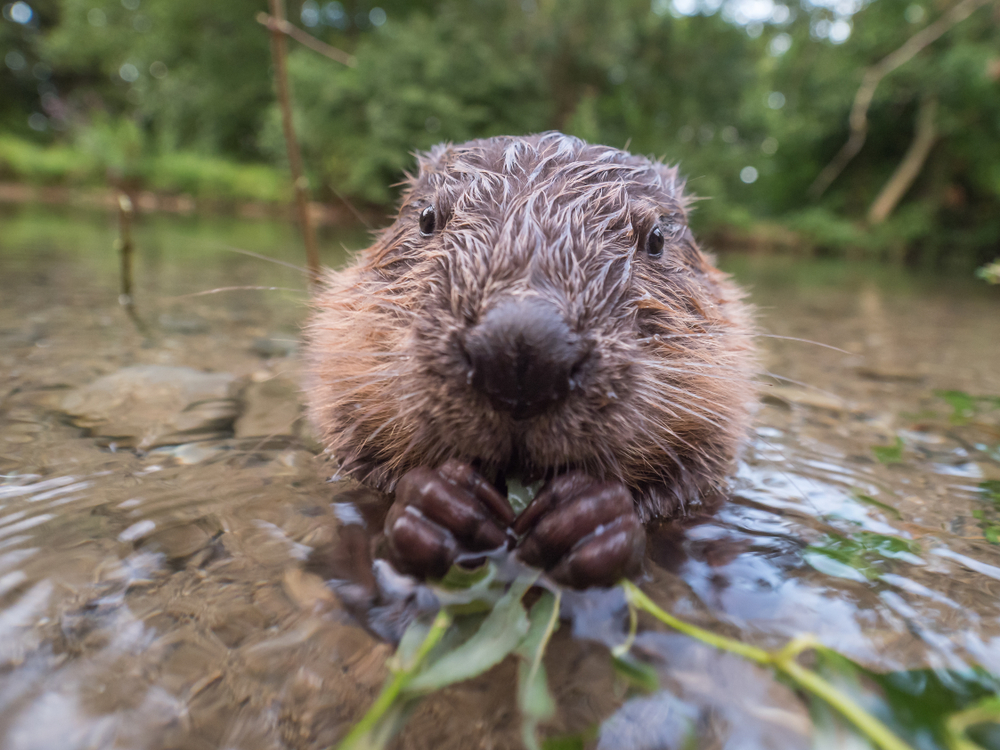
Beavers are the engineers of the animal world—but they’re softies too. Family units sleep in piles, huddling together for warmth and safety. Mated pairs groom each other after long days of dam-building.
They’re monogamous, fiercely protective, and affectionately touchy. That snuggle pile isn’t just survival—it’s comfort. Love, for beavers, is as much about the nest as it is about the nap.
